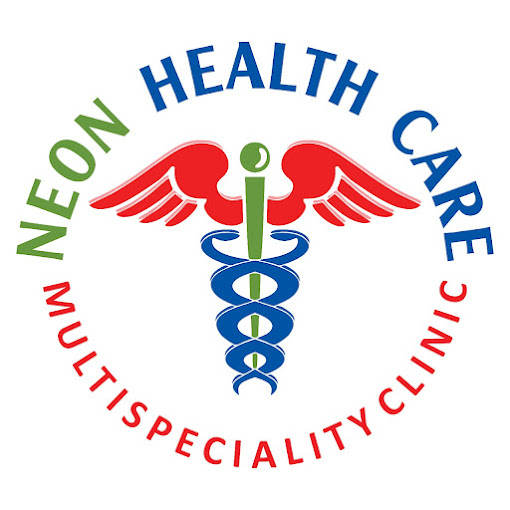What is a Heart Attack?
A heart attack (myocardial infarction) occurs when blood flow to a part of the heart muscle is obstructed, usually due to plaque buildup in the arteries.
Without blood flow, the affected heart tissue begins to die, leading to permanent heart damage or death.
Time is critical in treating a heart attack—immediate medical attention can save lives.
What Happens During a Heart Attack?
During a heart attack, a blockage in one of the heart’s arteries stops blood flow, leading to injury or death of the heart muscle.
This can cause the heart to lose its ability to pump effectively, which may result in reduced blood flow throughout the body.
The quicker blood flow is restored, there will be a better chance of patient outcome.
What Are the Signs and Symptoms?
Heart attack symptoms vary, but the most common ones include:
- Chest pain or discomfort, often radiating to the arm, neck, or back.
- Shortness of breath or trouble breathing
- Nausea, sweating, or dizziness
- Anxiety or a feeling of impending doom
For individuals assigned female at birth (AFAB), symptoms may be less likely to include chest pain and more likely to include
- Nausea
- Fatigue
- Back or arm pain.
If you or someone you know experiences these symptoms, seek emergency medical help immediately.
What Are the Causes and Risk Factors?
The primary cause of a heart attack is a blockage in the coronary arteries, often due to atherosclerosis (plaque buildup). Risk factors include:
- Age (risk increases with age)
- Family history of heart disease
- Lifestyle factors like smoking, poor diet, lack of exercise, and excessive alcohol consumption
- Conditions such as high blood pressure, diabetes, and high cholesterol
While some risk factors are non-modifiable (like age or family history), many lifestyle changes can reduce the risk.
How Are Heart Attacks Treated?
The primary focus of treatment is to restore blood flow to the heart. Methods include:
- Medications: pain relief medications.
- Percutaneous Coronary Intervention (PCI): A procedure to open blocked arteries, often involving a stent placement
- Coronary Artery Bypass Grafting (CABG): For severe blockages, surgery may be required to bypass the blocked arteries
- Oxygen Therapy: To improve oxygen supply during a heart attack
Early intervention is key to minimizing damage to the heart muscle.
How to prevent Heart attack?
While you can’t change factors like age or family history, lifestyle changes can significantly reduce your risk:
Routine checkups with your doctor to monitor blood pressure, cholesterol, and blood sugar levels
Taking prescribed medications for heart health conditions as advised by your doctor
Take action Today for a Healthy Heart!
At Neon Healthcare, we are committed to helping you prevent heart disease and manage your heart health effectively. Book your heart health checkup today and take the first step toward a healthier, longer life. Your heart matters—act now!


